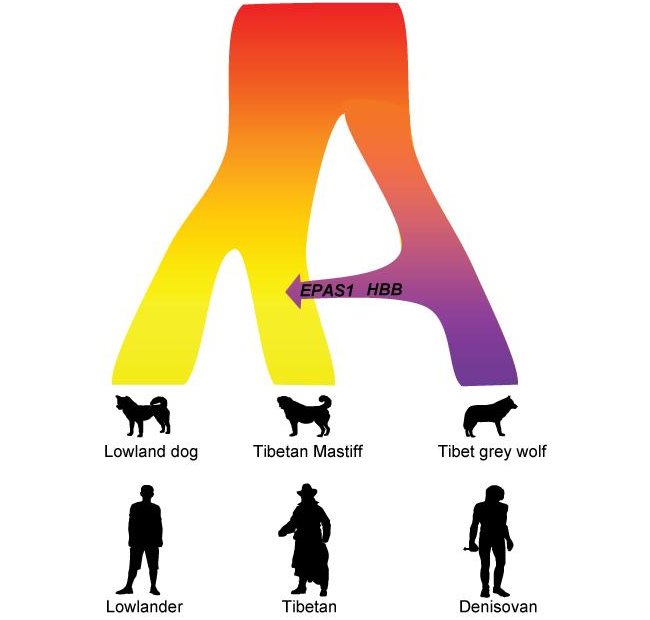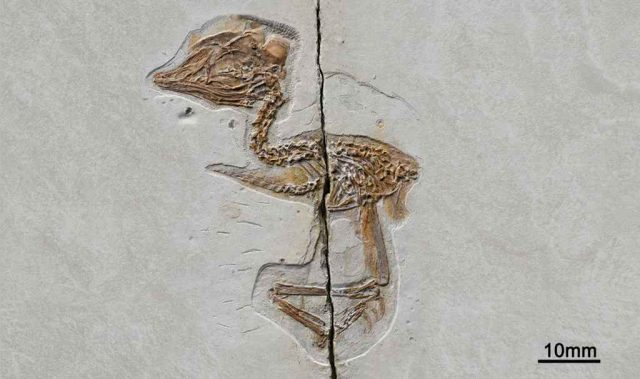
AsianScientist (Dec. 14, 2016) – How did the Tibetan Mastiff adapt to high-altitude living? The same way that humans did—interbreeding. This surprising finding has been published in Molecular Biology and Evolution.
The Tibetan Mastiff is famed for its high-altitude prowess, showing a remarkable strength and endurance at elevations of three miles or even higher. Evolutionary biologists have successfully identified the genes responsible for this adaptation, yet an elusive question remained: How exactly did they acquire the adaptation?
The answer, found by a Chinese research group led by Wang Zhen and Li Yixue at Shanghai Institutes for Biological Sciences, Chinese Academy of Sciences, sheds light on not only the genetic origins of high-altitude elevation, but a remarkable tale of interbreeding in the adaptation of both dog and modern man.
Their study demonstrates strong genetic evidence that, when man first settled into the Tibetan plateau, the recently domesticated Tibetan Mastiff interbred with the Tibet grey wolf. This interbreeding introduced a DNA swap at crucial two genomic hotspots—the EPAS1 and HBB loci.
In a spectacular coincidence, the EPAS1 and HBB loci are the same genes involved in high-altitude adaptation in humans. A recent study showed that these same genes were also introduced to Tibetans by the same mechanism, interbreeding.

This study adds to the significant evidence of the profound contributions and adaptations that can occur as a result of ancient interbreeding, the researchers said.
The article can be found at: Miao et al. (2016) Genomic Analysis Reveals Hypoxia Adaptation in the Tibetan Mastiff by Introgression of the Grey Wolf from the Tibetan Plateau.
———
Source: Oxford University Press; Photo: Dennis Jarvis/Flickr/CC.
Disclaimer: This article does not necessarily reflect the views of AsianScientist or its staff.












